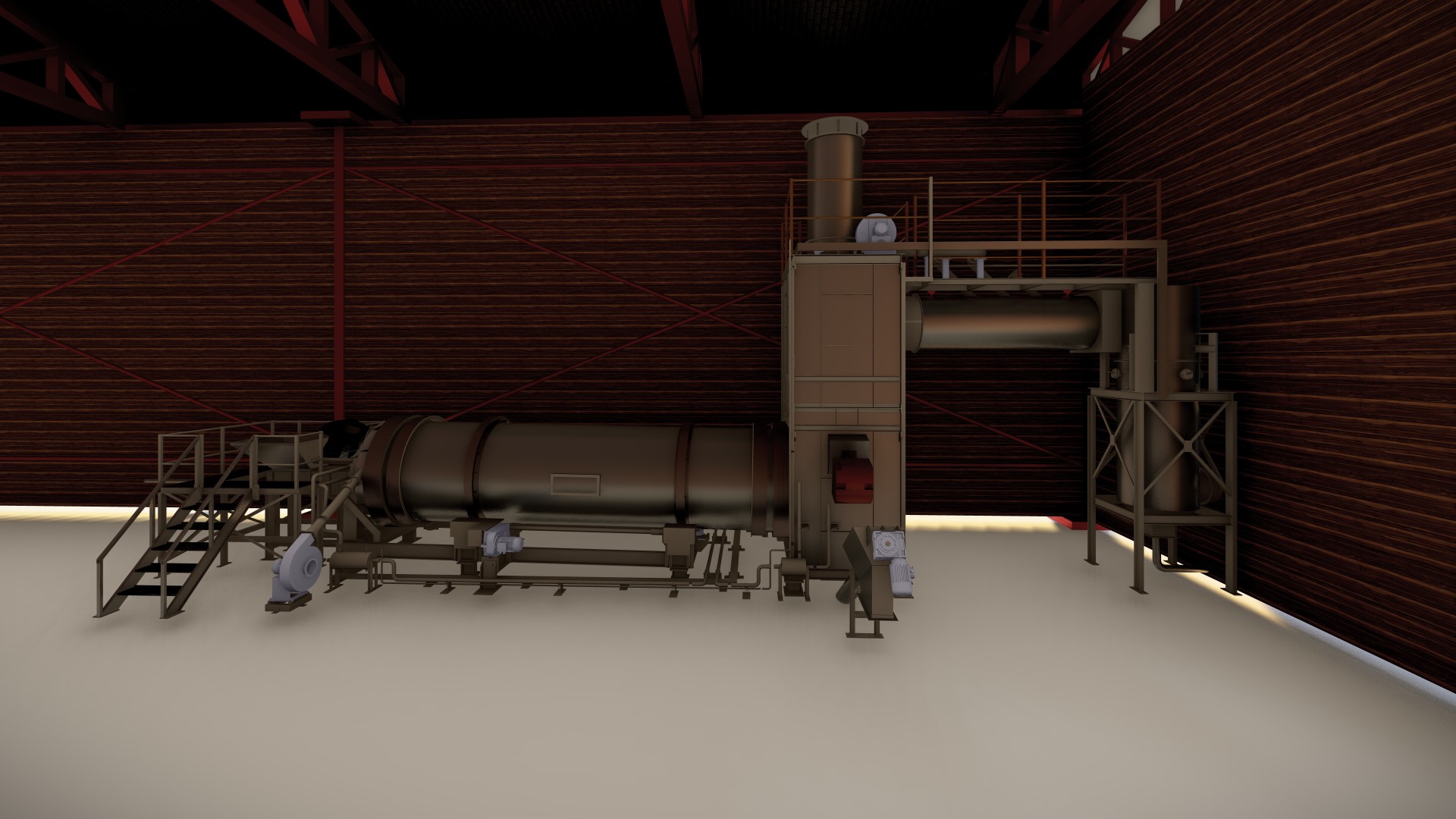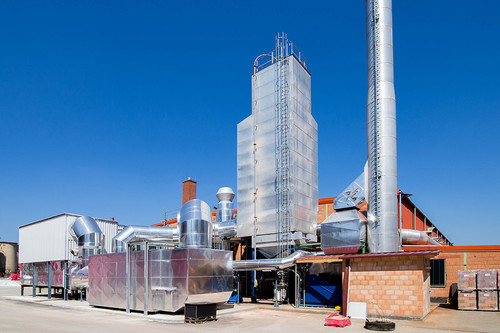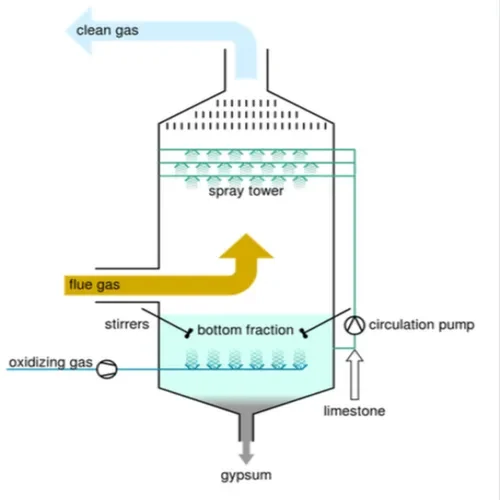Flue Gas Cleaning: Comprehensive Guide to Technologies, Solutions, and Future Trends
Flue Gas Cleaning: Comprehensive Guide to Technologies, Solutions, and Future Trends Flue Gas Treatment:

When it comes to biomass, flue gas cleaning systems are essential for cutting down emissions that include particulate matter and various gases, ensuring a greener energy production.

Dealing with hazardous waste incineration, flue gas cleaning systems play a pivotal role in capturing acid gases and particulates, safeguarding the atmosphere from potential toxins.

Flue gas cleaning systems in the food and beverage industry are all about maintaining product integrity, stripping away unwanted elements from the exhaust to guarantee safety and quality.

Powerplants rely on flue gas cleaning systems to meet strict environmental regulations, targeting a range of pollutants to keep our air clean.

The chemical industry benefits greatly from flue gas cleaning systems, which are designed to extract a variety of contaminants, aiding in both process optimization and environmental protection.

In glass manufacturing, flue gas cleaning systems are the unsung heroes that tackle everything from dust to acid gases, ensuring cleaner production processes.
In this blog, you will discover how flue gas cleaning systems and hazardous waste/medical incinerators can help you reduce emissions, save costs, and comply with environmental standards. You will also learn about the latest innovations and best practices in the field of energy from waste.
Flue Gas Cleaning: Comprehensive Guide to Technologies, Solutions, and Future Trends Flue Gas Treatment:
Add Your Heading Text Here Electrostatic vs. Bag Filters in the Cement Industry The
2024: Medical Incineration Overview What is a medical incinerator? A medical waste incinerator is
FGD Wastewater Treatment FGD Wastewater What is FGD Wastewater? Coal-fired power plants produce sulfur